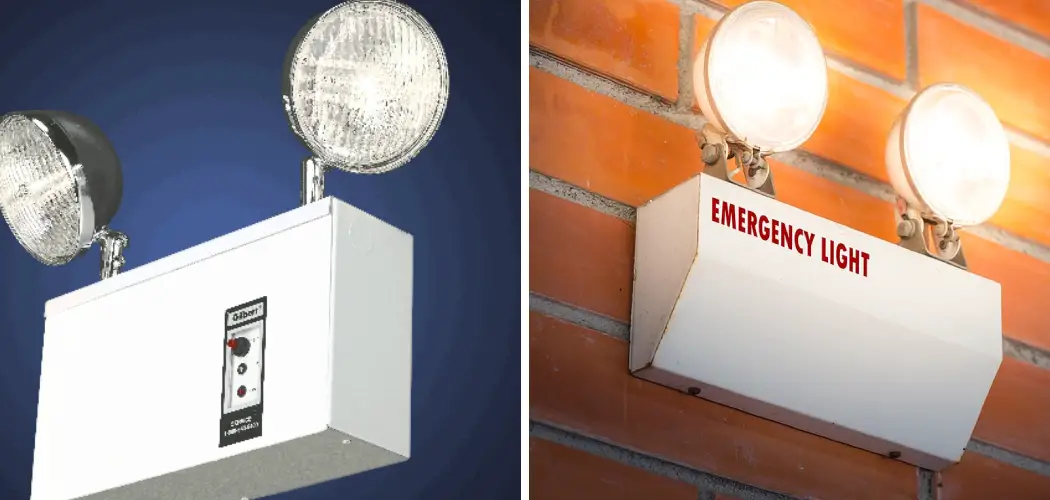Are you looking for an emergency light? Choosing the right emergency light is crucial to keep you safe and secure during power outages or emergencies. But with so many options available, how to choose the right emergency light?

Choosing the right emergency light is a crucial decision that can significantly impact safety during power outages, natural disasters, and other emergencies. An adequate emergency light should ensure visibility, guide you to safety, and provide reliability when needed.
In this guide, we will explore the key factors to consider when selecting emergency lighting, including brightness levels, battery life, durability, and ease of use to help you make an informed decision that can safeguard you and your family during unexpected events.
We’ll delve into the various types of emergency lights available and discuss their respective strengths and applications, ensuring that you are prepared for any situation that arises.
What are the Use Cases for Emergency Lights?
Emergency lights have various use cases and can be essential in many situations. Some common scenarios where emergency lights are necessary include power outages, natural disasters such as hurricanes, earthquakes, or floods, and navigating dark or unfamiliar areas.
In a power outage, having an emergency light is crucial to ensure visibility and safety. It can help you find your way around your home or even evacuate if necessary. In natural disasters, emergency lights are crucial as they provide visibility and guidance in emergencies where normal light sources might not be available.
Emergency lights can also be beneficial for outdoor activities such as camping or hiking, where having a reliable light source is essential. They can come in handy when exploring unfamiliar territories or encountering unexpected situations.
Types of Emergency Lights
There are various types of emergency lights to choose from, each with its unique features and applications. Some popular types include:
- Flashlights: The most common type of emergency light, flashlights are compact, portable, and easy to carry around. They come in different sizes and can provide varying levels of brightness. Flashlights are suitable for most emergencies and can be used both indoors and outdoors.
- Lanterns: Similar to flashlights, lanterns provide a wider illumination area and are ideal for lighting up a room or outdoor space during a power outage or camping trip. They come in different sizes and can use various light sources, such as LED, incandescent, or solar power.
- Headlamps: Ideal for hands-free lighting, headlamps are worn on the head and provide a focused beam of light. They can be helpful when working or moving around in dark areas and can also be used for outdoor activities such as hiking or biking.
- Glow Sticks: A popular choice for emergency kits, glow sticks are inexpensive, lightweight, and easy to use. They provide a soft glow lasting for several hours and are ideal for marking paths or signaling for help.
- Flares: Flares are powerful emergency lights that emit bright light and smoke signals. They are commonly used by emergency responders or in situations where high visibility is crucial, such as on roadsides or waterways.
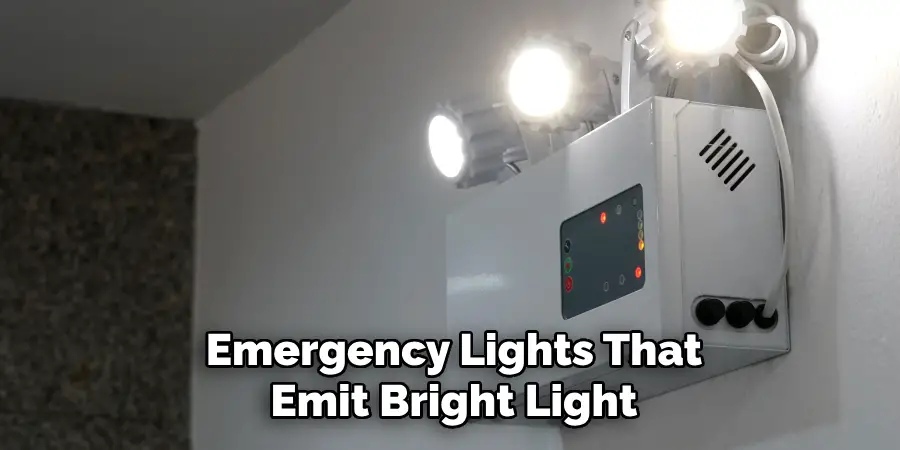
These are just some examples of the many types of emergency lights available in the market. When choosing an emergency light, consider your needs and the intended use to determine which type will best suit you.
10 Easy Steps on How to Choose the Right Emergency Light
Step 1. Brightness Levels:
The brightness of an emergency light is measured in lumens. When considering brightness, think about the areas you intend to illuminate. A light ranging from 30 to 100 lumens is usually sufficient for indoor use during power outages. However, you may need a light with 100 to 300 lumens or higher for outdoor activities or larger spaces.
The brighter the light, the farther it can reach, but this also means it may consume power more quickly, so balance is critical. For most emergencies, a variable brightness setting might be advantageous, allowing you to conserve battery life when high intensity is unnecessary.
Step 2. Battery Life:
It’s important to evaluate the battery life of emergency lights. In situations where you’ll be relying on the light for an extended period, longer battery life is crucial. Look for emergency lights with a good balance between brightness and energy efficiency.
Rechargeable batteries can be cost-effective and environmentally friendly, while disposable batteries can be convenient for immediate use. Also, consider having a backup power source, such as a hand-crank or solar-powered feature, to ensure your light remains operational even when batteries cannot be replaced.
Step 3. Durability and Build Quality
Assessing an emergency light’s durability and build quality is critical, especially if you anticipate using it in harsh conditions. A sturdy construction will endure falls, impacts, and rough handling, making the light more reliable when needed.
Look for waterproof or water-resistant lights, especially if your activities may expose them to rain or if you live in an area prone to flooding. Also, consider whether the emergency light has a robust casing, is made from materials like aircraft-grade aluminum, and offers features such as shatterproof lenses or corrosion resistance.
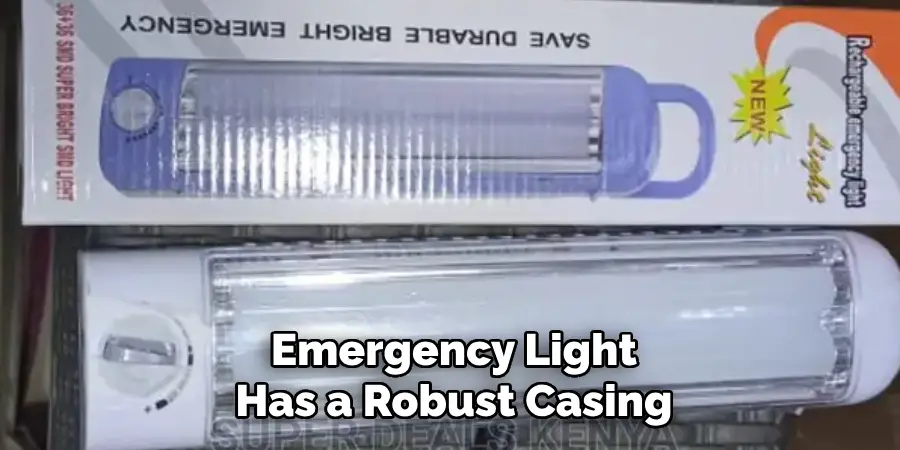
Step 4. Ease of Use
In an emergency, simplicity is vital. You want an intuitive emergency light that can be operated without confusion or delay. Seek features like simple on/off switches, easily accessible battery compartments, and straightforward maintenance procedures.
Some lights come with additional functionalities like strobe or SOS signaling modes, which can be useful in crises. However, ensure these features are simple enough for the device’s essential operation. It’s also beneficial if the emergency light can be easily mounted, hung, or strapped onto surfaces or around the body, depending on your needs, to facilitate hands-free use while navigating or working in the dark.
Step 5. Portability
When selecting an emergency light, its portability can be a decisive factor. A light that is easy to carry and transport increases the likelihood of being within reach when an emergency occurs. Compact, lightweight designs are ideal for inclusion in emergency kits or backpacks for outdoor adventures.
Additionally, consider if the light has a clip or strap for attachment to belts or gear. A portable light should not sacrifice durability or brightness for size, so aim for a product that maintains a balance between these features.
Step 6. Versatility
The versatility of an emergency light affects its suitability for various situations. Opt for a light that offers multiple modes, such as high, low, strobe, and SOS, to adapt to different scenarios, from signaling for help to conserving battery life.
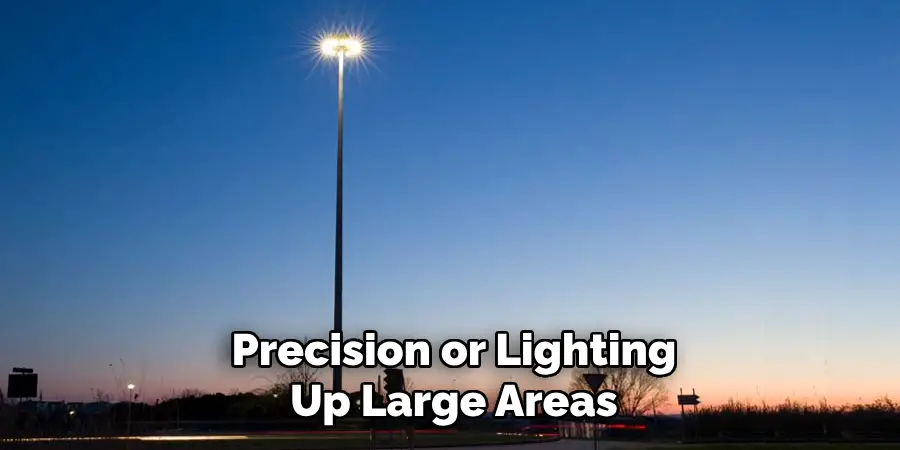
Additionally, a light that can be adjusted for focus, from a wide flood to a narrow beam, is beneficial for tasks requiring precision or lighting up large areas. Look for emergency lights that can be used in various environments, whether it’s a blackout at home or a vehicle breakdown on a dark, secluded road.
Step 7. Additional Features
When considering emergency lights, pay attention to the additional features that can provide added convenience or enhance safety. Features like a built-in radio, USB charging ports, or a magnetized base can prove invaluable in certain situations.
A radio can offer updates on weather conditions or emergency broadcasts, while USB ports allow for charging smartphones or other devices, possibly critical in an emergency. Magnetized bases or hooks can enable the light to be positioned on metal surfaces or hung overhead, freeing your hands for other tasks. Weigh these extra features against your needs to ensure the best fit for your preparedness plan.
Step 8. Cost and Value
Evaluating an emergency light’s cost versus its value is crucial in making a practical purchase. While you should not compromise on essential features to save money, there are often budget-friendly options that do not sacrifice quality.
Compare different models and brands to find a light that offers a good balance of the required features at a price point that suits your budget. Keep in mind that investing a bit more in a durable, reliable emergency light can save money in the long run, as it will be less likely to fail when needed most and could negate the need for costly replacements.
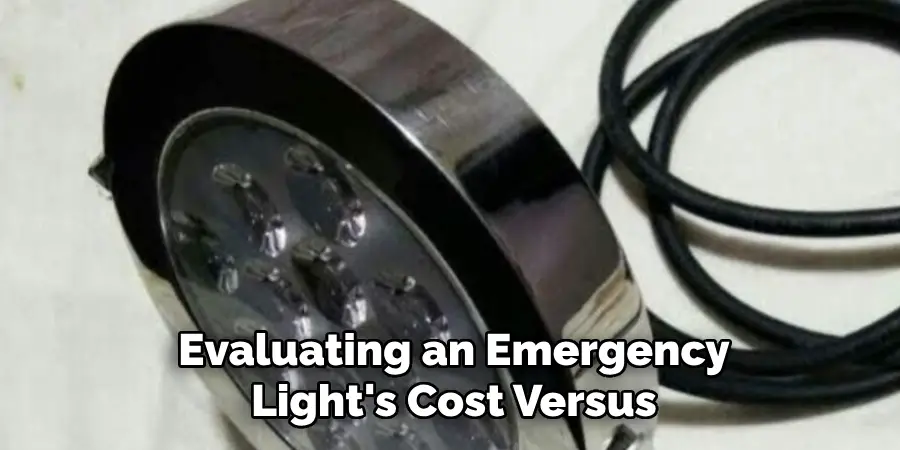
Step 9. Warranty and Support
Considering the warranty and support options when purchasing an emergency light is an important step. A solid warranty will protect your investment and give you peace of mind, ensuring that defects or malfunctions are covered within a specified time frame.
Check the duration of the warranty and what aspects of the product it covers. Also, reliable customer support can assist you with any questions or issues. Opt for brands that offer accessible and helpful customer service, whether it’s through a hotline, email, or live chat. This support can be invaluable, especially during an emergency when quick and effective resolution is critical.
Step 10. User Reviews and Ratings
Before making a final decision, consider the experiences of other consumers by examining user reviews and ratings. These insights can provide real-world information regarding the performance and reliability of the emergency light under various conditions.
Look for overall ratings and read through the detailed reviews to understand any common issues or particularly praised features. Remember to review these opinions critically, considering your specific needs and whether the reviewers’ situations align with your intended use of the emergency light.
By following these steps, you can make an informed decision when purchasing an emergency light.
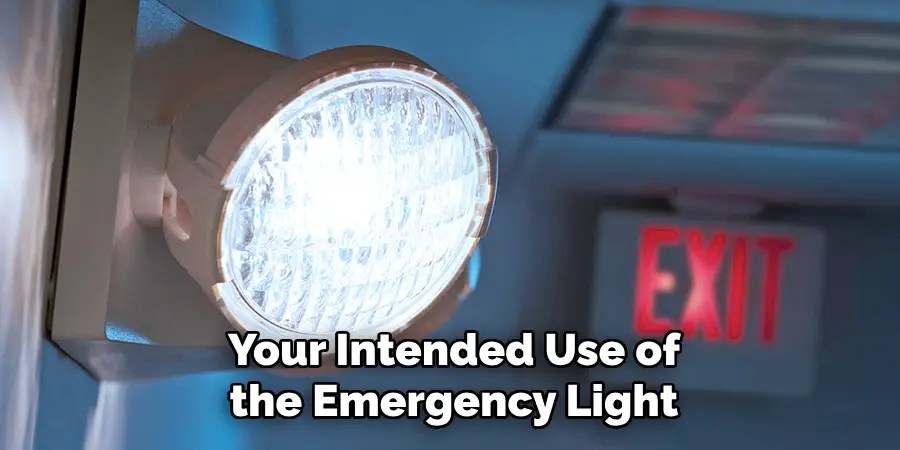
5 Additional Tips and Tricks
- Evaluate Lumens and Beam Distance: Before purchasing an emergency light, check the lumens rating, indicating the light’s brightness. Also, review the beam distance to ensure it’s adequate for your needs, especially if you require long-range visibility.
- Battery Type: Consider the battery life of the emergency light—longer battery life means less frequent charging or replacements. Decide whether you prefer rechargeable batteries or one-time-use batteries based on the availability of electricity in emergencies.
- Water Resistance: Look for emergency lights made from durable materials that are able to withstand rough handling. Also, check the IP rating to ensure the light is water-resistant or waterproof for reliability in adverse weather conditions.
- Weight: Choose a lightweight and compact model if you need to carry the emergency light for extended periods. Some models come with handles or straps for easy transport.
- Quality: Always look for reputable brands and read customer reviews to get an idea of the overall quality of the emergency light. Cheap or unknown brands may not provide reliable performance in emergency situations.
With these additional tips and tricks, you can confidently choose the right emergency light that meets your specific needs.
6 Things You Should Avoid
- Ignoring Usage Time: Avoid selecting an emergency light without considering the duration of time it will operate on a full charge. An emergency light requiring frequent recharging can be impractical in long-term situations without power access.
- Neglecting Extra Features: Pay attention to additional features such as flashing modes, SOS signals, or built-in power banks. These can be incredibly useful in different emergency scenarios.
- Compromising on Build Quality: Avoid choosing an emergency light solely based on price while compromising on build quality. A poorly constructed light might fail when you need it the most.
- Disregarding Portability: Don’t select a bulky or heavy emergency light if portability is a concern. When you need to move quickly, a cumbersome light can become a liability.
- Overlooking the Light Spectrum: Some emergency lights offer different light spectrums, like red light, for night vision preservation. Not considering these options can limit your light’s utility in diverse conditions.
- Not Considering Backup Options: While an emergency light is a crucial item, it’s also essential to consider backup options in case of failure or loss. Always have alternative lighting sources available as part of your preparedness plan.
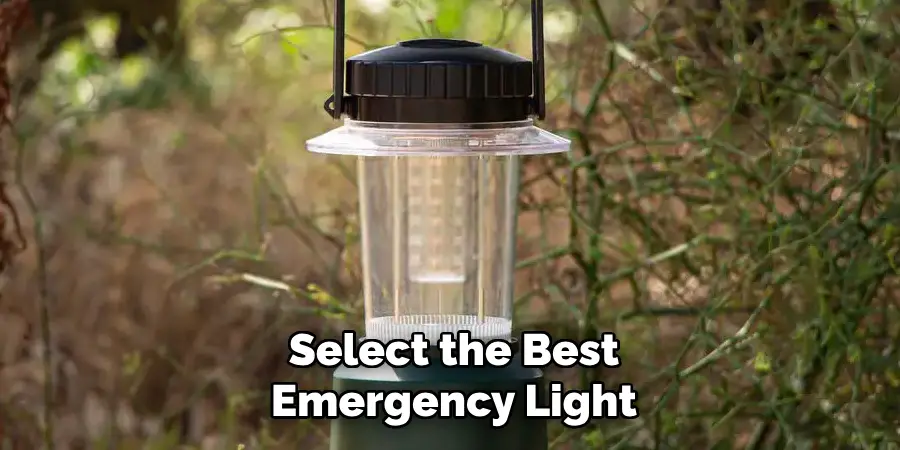
By avoiding these mistakes, you can make an informed decision and select the best emergency light for your needs.
What is the Difference Between Normal Light and Emergency Light?
The main difference between standard and emergency lights is their intended use. Regular lights are designed for everyday use, providing general lighting in residential or commercial settings. On the other hand, emergency lights are specifically designed for use during power outages or other emergencies.
Emergency lights often have additional features like long battery life, water resistance, and flashing modes to attract attention. They are also typically more compact and portable, making them easier to use during emergencies.
Another significant difference is the build quality of emergency lights compared to standard lights. Emergency lights are built to withstand harsh conditions and rough handling, while regular lights may be more delicate. Additionally, emergency lights often have a higher lumen output and longer beam distance for increased visibility in low light situations.
In summary, normal lights are more suitable for everyday use, while emergency lights are specifically designed to provide reliable lighting in unexpected emergencies.
Therefore, it is essential to have both types of lights available and properly maintained for optimal functionality in all scenarios. Overall, investing in a high-quality emergency light can give you peace of mind and save lives during a power outage or other emergency.
What is the NFPA Standard for Emergency Lighting?
The National Fire Protection Association (NFPA) has set a standard for emergency lighting in its code, specifically NFPA 101 – Life Safety Code. This standard outlines the requirements for emergency lighting and exit signs in buildings to ensure occupants can safely evacuate during an emergency.
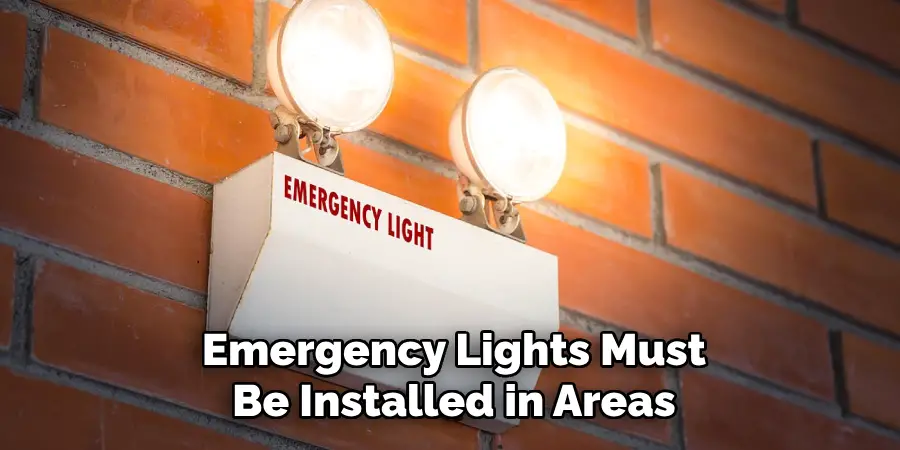
According to this standard, emergency lights must be installed in areas where people may need to evacuate during a power outage, such as stairwells, hallways, and exit paths. The lights should provide enough illumination for safe movement and must be tested regularly to ensure they are functional.
Furthermore, the NFPA standard also specifies the minimum brightness level for emergency lights (1 foot candle) and requires them to have a backup power source in case of a power failure. Exit signs must also be clearly marked and lit with an emergency light or have a backup power source.
Adhering to the NFPA standard ensures that emergency lighting is consistently maintained and operable in case of an emergency, ultimately promoting the safety of building occupants. So, when selecting an emergency light, look for one that meets these standards to ensure reliability in the event of an emergency.
Conclusion
Choosing the right emergency light requires careful consideration of several critical factors, including luminosity, battery life, water resistance, weight, and overall quality. A well-chosen emergency light ensures functionality when it’s most needed, affording safety and confidence during power outages or other adverse situations.
Furthermore, by avoiding common mistakes such as ignoring usage time or extra features, compromising on build quality, and overlooking light spectrum and portability, you position yourself to select a highly reliable emergency light that complements your specific needs.
Additionally, compliance with the NFPA standard for emergency lighting is not just a good practice but a necessary benchmark for ensuring the safety of all occupants in a building during emergencies.
With the insights and guidance provided, how to choose the right emergency light should be straightforward, providing you with a dependable source of light that upholds safety standards and withstands the rigors of unexpected situations.

